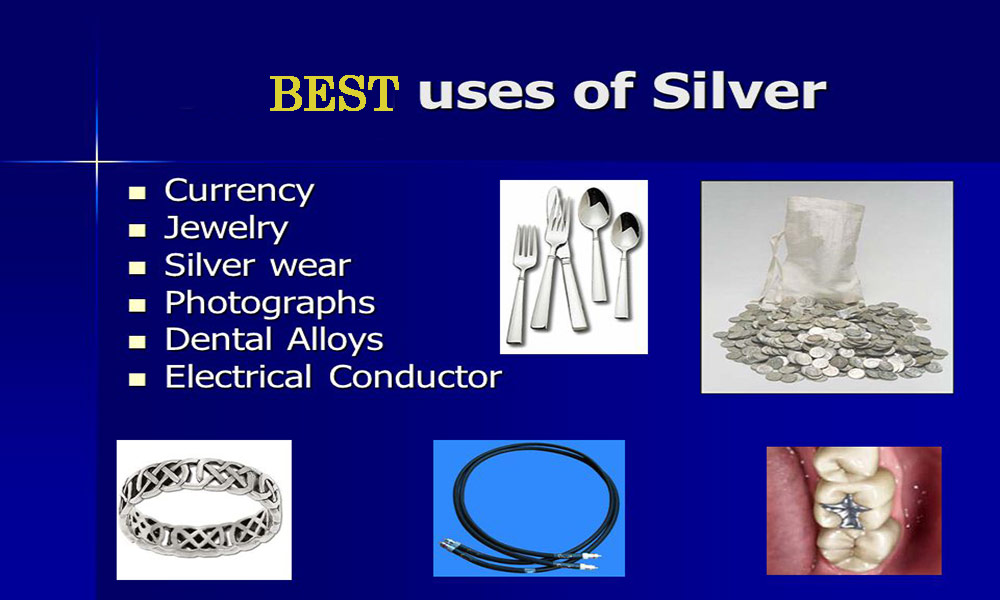Silver is an element that has long had significance in human cultures all the way around the world. This article is a quick rundown of the most important ways in which silver has been put to use.

Table of Contents
Jewelry
Silver has been used in jewelry since around the 4th millennium BC, when ancient Mesopotamians developed the cupellation method for extracting silver from lead. Silver has long been valued for its malleability and shine. It is easy to work with, making it suitable for the creation of complex pieces. Despite being one of the most commonly used materials in jewelry making due to its pure and shiny appearance, silver is vulnerable to corrosion. Sulphur compounds—which are present in the atmosphere naturally—slowly tarnish and dull silver objects.
Mirrors
Silver is the best-known reflector of visible light, although it does tend to tarnish quickly. This has led to its use in the creation of high-quality mirrors. Silver reflects 95 percent of all light, while glass is an incredibly poor reflector. Most good glass mirrors will have been “silvered”—with the glass coated in a thin layer of the metallic element.
Because silvering requires a very thin layer of metal, bars of silver have to be melted and cast. Find out more about casting at cdocast.com. Cast silver is then reduced using the chemical reduction of silver nitrate. This process was invented in 1835 by Justin Von Liebig, a German chemist.
Solder
Solder is used in electrical construction and repair. It is a thin wire with a low melting point and high levels of conductivity. It is used in conjunction with a soldering iron. Using a hot soldering iron, the solder is melted and applied to an electrical connection. It quickly solidifies when at room temperature—creating a secure conductive connection. Silver is used for solder because it helps to create smooth, durable points. It does, however, increase the melting point of a lead-free solder.
Photography
The gelatin silver process is the most commonly used process for the development of black and while photographs. Invented by Richard Leach Maddox in 1821, the process involves the suspension of silver salts in gelatin. This mixture is sensitive to light—recording any image imposed upon it. Unlike previous processes, negatives created using the gelatin silver process can be stored for a long time before being developed.
Printed Circuits
Silver is one of the most commonly used materials in the creation of integrated circuits—known as microchips. Because silver can be worked into very fine strips, it can be printed onto extremely small boards. Microchips are immensely important in computing and electronics. Invented in the 1960s, they enabled the development of handheld, portable computing devices.
Antibacterial Protection
Silver is, fascinatingly, an antibacterial and antimicrobial metal—making it perfect for the coating of objects such as surgical knives. Positively charged silver ions interact with microbial DNA and prevent cell splitting. They also destroy the respiratory system of many microbial cells, which prevents them from taking hold on a silver surface.
Follow – https://shiftkiya.com for More Updates

 Purchase your Favorite Necklace Bracelets at the Cheapest Price
Purchase your Favorite Necklace Bracelets at the Cheapest Price What’s a loaded question that ask Your Partner
What’s a loaded question that ask Your Partner 5 Safety Measures For Working At Height
5 Safety Measures For Working At Height What Will Be Your Best Eyeliner For Oily Lids?
What Will Be Your Best Eyeliner For Oily Lids?